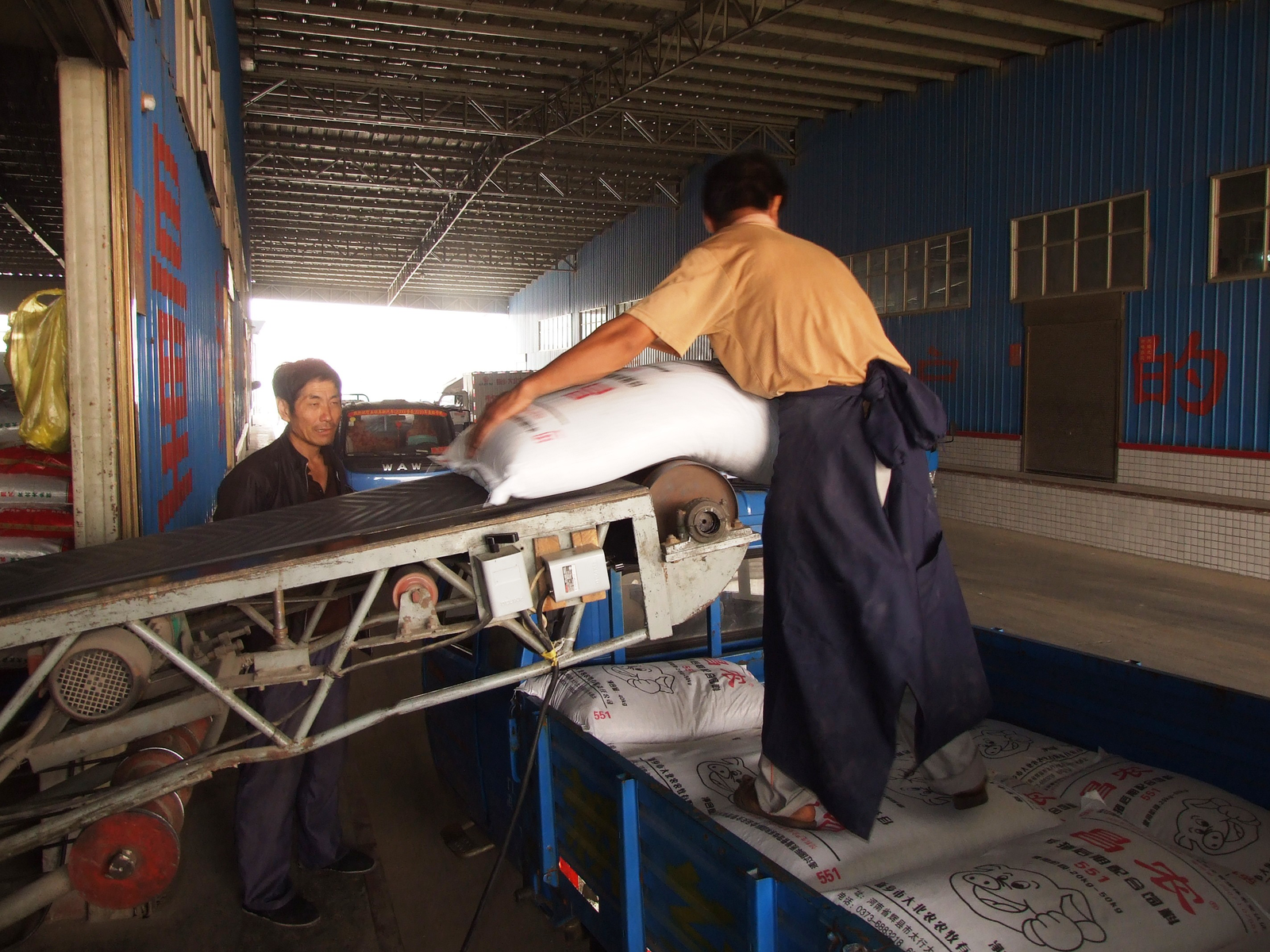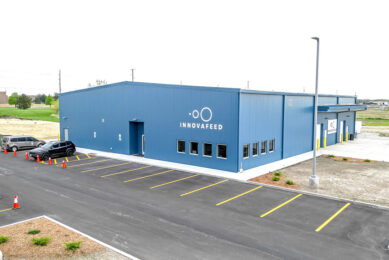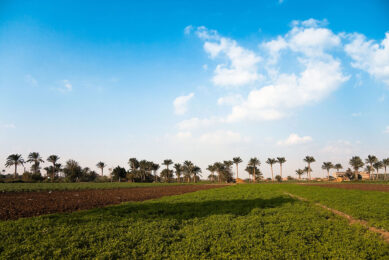Eventually, manual labour will disappear from China’s mills

More than in the US or Europe, feed milling in China is often a matter of manual labour. The Xin Xiang Da Rei Nong farming and feed mill company in Henan province is a good example of how things are being done nowadays an example which may gradually disappear over the years.
By: Stuart Lumb
China’s livestock industry is growing at an incredible rate, to meet the population’s increasing need for meat. As China’s standard of living is rising, more money is available to be spent predominantly on pork and chicken and Western-style fast food outlets are mushrooming. An increasing number of Chinese feed additive companies are selling more natural alternatives to AGPs, following the trend in Europe and the US.A trend that can be seen everywhere in the world is one of individual feed mills growing, whereas the total number drops. Figures provided by Alltech’s vice president Aidan Connolly show that in the last 22 years, the number of feed mills in both the US and Europe has dropped by one third, whilst production increased by over 80% (from an average of 24,000 tonnes to 50,000 tonnes per year). In China, a similar trend is likely over the next five to ten years. In China, the number of feed mills has already dropped from 13,000 to just over 10,000 and is predicted to fall even further.Currently, feed production in China is very labour intensive with most feed ingredients and finished feed being transported in bagged form and 40 kg at that. In developed countries in Europe, three operatives can operate a 100,000 tonne feed mill, whereas a similar capacity mill in China will have a labour force of 30-40 employees. Replacing humans with machines such as automatic weigh scales reduces costs plus improves manufacturing accuracy and thus both traceability and quality.Speaking at the Ninth Chinese Animal Husbandry and Feed Technology Economic Forum, Connolly said that four out of the world’s largest feed companies are Chinese and in 2012 their feed industry expects to manufacture 190 million tonnes of feed, making China the world’s largest feed producer. He went on to explain that big does not necessarily mean best and to remain competitive China’s fed industry must embrace new technologies plus look at new novel ingredients such as algae, to be used in animal feedstuffs.
State-owned feed mill
The Xin Xiang Da Bei Nong farming and feed company is located in the town Huixian in Henan province. The feed mill was originally state-owned but in 1999 a government bank loan allowed the business to expand into pigs and other livestock enterprises plus to establish a substantial fruit and vegetable growing operation.The feed mill, focusing on the production of creep and weaner feeds for pigs, has grown over the years and now produces 160-180,000 tonnes of finished feed per year. More wheat is used as opposed to corn, as wheat is cheaper, barley is not used in feeds. Wheat and rice bran feature in formulations and fishmeal is imported from Peru. “Meat and bone meal can be used in rations,” said Guo Xiao Jing, purchasing manager. Standard 45% crude protein soyabean meal supplies the bulk of the protein. Full fat soya is used sparingly as it gets ruled out of formulations on price. Interestingly, Hamlet HP300 (56% crude protein) is imported from Denmark and used to replace fishmeal in piglet diets. Whey is also a valuable component of piglet diets. Mycotoxin contamination is a big problem in cereals and Olmix’ M-Tox Plus serves a purpose, said Yang Tao, the feed mill’s quality controller.In contrast to the use of modern software to produce feed formulations, much of the mill still relies on old-fashioned muscle power. Raw materials arrive in 40 kg bags which are then laboriously stacked by hand on pallets which are store in huge warehouses. A small amount of feed (2%) is moved in bulk but the majority is bagged off, again in 40 kg bags. After the bag tops are stitched up, mill staff stack eight bags on to a two-wheel trolley. The operative, feet clad in sandals then wheeled his load of bags across to a conveyor positioned at right angles to a massive articulated open trailer. Manual graft took over again, with the truck driver stacking his load entirely by hand.For the Xin Xiang Da Bei Nong farming and feed company, the time to replace manual labour with machines may be lying in the long-term future as they are currently mainly zooming in on expanding its farming operations. The major changes and revolutions as described by Connolly can be found with the larger feed companies, often foreign ones, like Charoen Pokphand, coming to China with new staff.
Undeniably, however, the mechanisation will set in here too. In time Xin Xiang Da Bei Nong will need to replace their plant and naturally that will be high-tech and low labour, as gradually wages, living standards and expectations rise and people do not want boring manual jobs, hence new mills will replace force with big machines. AAF
This edition of Mind My Mill has been made possible through kind co-operation of Olmix.
Source: AllAboutFeed 21.1











